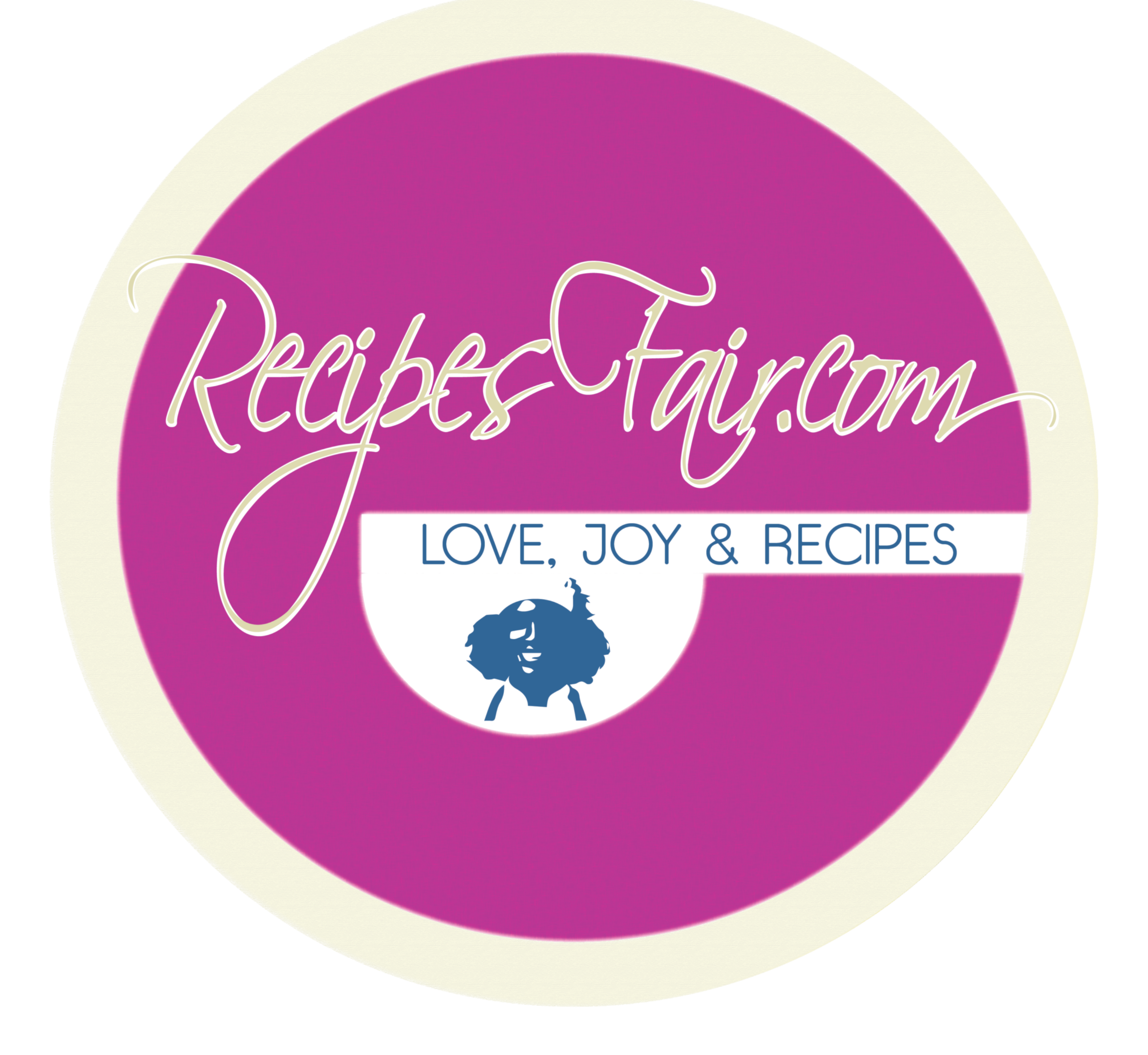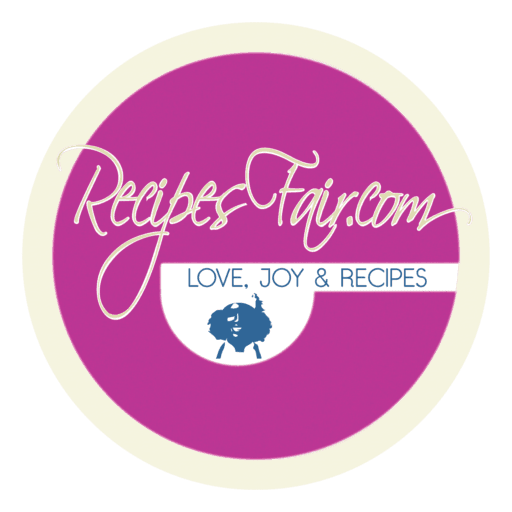Introduction to Healthy Lunches for Work
The healthiest thing to eat for lunch at work is a meal that balances protein, healthy fats, and fiber to keep you energized and focused throughout the day. Lunch at work isn’t just a midday routine; it’s a chance to fuel your body and mind with the right nutrients. By choosing the right foods, you can avoid energy crashes, enhance productivity, and support long-term health goals. So, let’s explore the best options for a healthy, satisfying work lunch.
Table of Contents
Why Lunch Matters for Your Health and Productivity
Think about it: lunch is like refueling your car during a road trip. If you skip it or go for low-quality fuel (like greasy fast food), you won’t get far. Your body craves nutrients, especially when you’re working hard. A healthy lunch improves your:
- Energy levels: Ever hit that 3 PM slump? The right lunch can help you avoid it.
- Focus: Junk food can leave you sluggish, but wholesome foods keep your mind sharp.
- Mood: Yes, food affects your mood! Nutritious meals can help you stay positive throughout the day.

Common Mistakes People Make with Work Lunches
It’s easy to mess up lunch. Here are a few traps we all fall into:
- Skipping lunch altogether: Thinking you’ll “make up for it” at dinner? Bad idea. You’ll end up tired and overeating later.
- Relying on vending machines: Chips and soda might seem like an easy fix, but they crash your energy levels.
- Choosing convenience over nutrition: Fast food is tempting, but it rarely gives your body what it truly needs.
Benefits of a Healthy Lunch at Work
Boosting Energy Levels During the Workday
Ever feel like you’re dragging your feet by mid-afternoon? That’s often due to poor lunch choices—or no lunch at all. A balanced meal with protein, healthy fats, and complex carbs can keep your energy steady. Think of it like a slow-burning fire that warms you up all day.
Enhancing Focus and Cognitive Performance
Your brain is a hungry organ. It needs glucose (from healthy carbs) to think clearly and make decisions. Eating foods rich in omega-3s, like salmon or walnuts, can even improve memory and concentration.
Supporting Long-Term Health Goals
A healthy work lunch isn’t just about today. Over time, consistently eating nutritious meals helps you maintain a healthy weight, reduces the risk of chronic diseases, and even boosts your immune system.
“What you eat at lunch doesn’t just fuel your afternoon—it shapes your long-term health.”
Key Components of a Healthy Work Lunch
What makes a lunch truly healthy? It’s all about balance.
The Role of Protein in a Balanced Meal
Protein is your lunchtime MVP. It keeps you full, supports muscle repair, and stabilizes blood sugar levels. Pack grilled chicken, tofu, beans, or even boiled eggs into your meal.
Incorporating Healthy Fats for Sustained Energy
Don’t fear fats—they’re your friend! Avocado, nuts, seeds, and olive oil give you lasting energy without the crash.
Importance of Fiber-Rich Foods
Fiber keeps your digestion on track and helps you feel full longer. Load up on whole grains, leafy greens, and fruits like apples or berries.
Hydration and Its Role in a Healthy Diet
Water is as essential as food. Even mild dehydration can zap your energy. Pair your lunch with a glass of water or herbal tea instead of sugary sodas.
Popular Healthy Lunch Options for Work
Healthy lunches don’t have to be boring. Here are some simple, delicious ideas:
Salads: Versatile and Nutrient-Dense Choices
Salads are like blank canvases—you can add whatever you love. Start with a base of leafy greens, add protein (like grilled chicken or chickpeas), toss in veggies, and finish with a light dressing.
Building the Perfect Salad: Greens, Protein, and Toppings (H4)
Want to build a salad that’s filling and fun?
- Base: Spinach, kale, or mixed greens.
- Protein: Grilled shrimp, boiled eggs, or tempeh.
- Toppings: Cherry tomatoes, cucumbers, and a sprinkle of nuts or seeds.
Grain Bowls: Balanced and Customizable Meals
Grain bowls are the perfect mix of carbs, protein, and veggies. Think quinoa, roasted veggies, and a drizzle of tahini.
Wraps and Sandwiches with a Healthy Twist
Skip the white bread and go for whole-grain wraps or sprouted bread. Fill them with turkey, hummus, or grilled veggies for a satisfying meal.
Soup and Stew Ideas for a Warm, Comforting Lunch
Soup is a fantastic option, especially in colder months. Try lentil soup, chicken noodle, or a hearty veggie stew.
Bento Boxes: Portion-Controlled Variety
Bento boxes are like having a mini buffet. Fill sections with small portions of protein, carbs, and veggies for a well-rounded meal.
Tips for Preparing Healthy Work Lunches at Home
Meal Prepping Basics for Busy Professionals
Meal prepping might sound intimidating, but it’s simpler than you think. Spend a couple of hours on Sunday prepping ingredients like grilled chicken, roasted veggies, and cooked grains. Then, mix and match during the week.
Choosing Portable and Office-Friendly Foods
Not all foods travel well. Stick to items that can survive a commute, like whole fruits, nuts, or sturdy veggies like carrots.
“Think of your lunchbox as a toolkit—pack only what you’ll need and use.”
Easy Recipes for Quick, Nutritious Lunches
- Turkey and avocado wrap: Whole-grain wrap, turkey slices, avocado, and a handful of spinach.
- Quinoa salad: Quinoa, black beans, corn, and a lime-cilantro dressing.
- Overnight oats: Perfect for those early workdays.
Overcoming Common Barriers to Eating Healthy at Work
Eating healthy at work can seem challenging, especially with tight schedules, tempting office treats, and limited kitchen facilities. However, these barriers are manageable with proper planning and strategies.
Time Constraints: Finding Solutions for Busy Mornings
One of the biggest hurdles is finding time to prepare a healthy lunch. Busy mornings can lead to grabbing fast food or skipping lunch altogether. To overcome this:
- Prep in Advance: Dedicate a few hours on the weekend to batch-cook proteins, chop vegetables, and portion out grains.
- Keep it Simple: Focus on meals with minimal ingredients, like a chicken and quinoa salad or a turkey and avocado wrap.
- Use Convenience Wisely: Pre-packaged greens, canned beans, and rotisserie chicken can save valuable prep time.
Managing Cravings and Office Temptations
Office environments are notorious for unhealthy temptations like donuts, candy bowls, or vending machines. Combat this by:
- Bringing Your Snacks: Pack healthy snacks like mixed nuts, fresh fruit, or Greek yogurt to keep cravings at bay.
- Staying Hydrated: Thirst is often mistaken for hunger. Keep a water bottle handy to reduce unnecessary snacking.
- Mindful Indulgence: It’s okay to enjoy a treat occasionally, but balance it with nutrient-dense meals throughout the day.
Keeping Lunch Fresh Without a Fridge
For those without access to a refrigerator at work, it’s essential to pack foods that stay fresh.
- Use Insulated Lunch Bags: These keep your food cool for hours.
- Choose Shelf-Stable Foods: Items like whole fruits, nuts, granola bars, and canned tuna are easy to store.
- Freeze Your Meals: Frozen soups or pasta dishes can double as ice packs and thaw by lunchtime.
Examples of Balanced Lunch Plans for Different Needs
High-Protein Options for Active Individuals
Protein is essential for muscle repair and energy. Here are some high-protein lunch ideas:
- Grilled Chicken Power Bowl: Grilled chicken, quinoa, spinach, and roasted vegetables.
- Egg Salad Lettuce Wraps: Hard-boiled eggs mixed with Greek yogurt, wrapped in romaine leaves.
- Protein-Packed Snack Box: Boiled eggs, almonds, edamame, and a small container of hummus.
Low-Calorie Meals for Weight Management
If weight management is a goal, focus on nutrient-dense, low-calorie options:
- Zucchini Noodles with Pesto: Toss spiralized zucchini with a dollop of pesto and grilled shrimp.
- Cauliflower Fried Rice: Use cauliflower rice instead of regular rice, mixed with lean chicken and veggies.
- Vegetable Soup: A hearty, broth-based soup loaded with vegetables and a side of whole-grain crackers.
Vegan and Vegetarian-Friendly Lunch Ideas
Plant-based lunches can be just as satisfying and nutritious:
- Chickpea Salad Wrap: Mashed chickpeas, tahini, and chopped veggies in a whole-grain wrap.
- Stuffed Bell Peppers: Bell peppers filled with quinoa, black beans, and salsa.
- Mediterranean Grain Bowl: Farro, cucumbers, tomatoes, olives, and hummus.
Budget-Friendly Healthy Lunch Options
Eating healthy doesn’t have to break the bank. Affordable options include:
- Rice and Beans Bowl: A simple mix of brown rice, black beans, and a sprinkle of cheese.
- Egg and Veggie Scramble: Scramble eggs with leftover veggies for a quick, protein-rich meal.
- Peanut Butter and Banana Sandwich: Whole-grain bread, natural peanut butter, and banana slices.
The Role of Snacks in Complementing a Healthy Lunch
Snacks can be a valuable part of your workday nutrition if chosen wisely.
Healthy Snack Pairings to Keep You Energized
Pair snacks with protein and fiber to stay full and energized:
- Apple and Almond Butter: Sweet and satisfying, with a dose of healthy fats.
- Greek Yogurt and Berries: Packed with protein and antioxidants.
- Veggies and Hummus: A crunchy, nutrient-packed option.
Avoiding Overindulgence in Office Snacks
To avoid mindless snacking:
- Pre-Portion Your Snacks: Avoid eating straight from the bag.
- Stick to a Schedule: Limit snacks to designated times, like mid-morning or mid-afternoon.
- Choose Nutrient-Dense Options: Opt for whole foods over processed snacks.

Expert Insights and Advice on Healthy Eating at Work
Nutritionist-Recommended Tips for Work Lunches
Experts emphasize the importance of balance and variety in work lunches. Key tips include:
- Eat the Rainbow: Include a variety of colorful fruits and vegetables for a range of nutrients.
- Don’t Skip Healthy Fats: Avocado, nuts, and seeds keep you satiated.
- Plan for Protein: Protein should make up a quarter of your plate.
Real-Life Examples of Healthy Work Lunch Success
Inspiring stories from real people show how small changes can lead to big improvements. For instance:
- Sarah, a Marketing Manager: Switched from fast food to meal-prepped grain bowls and lost 10 pounds in three months.
- John, a Software Developer: Started packing high-protein lunches and reported improved focus and fewer headaches.
Conclusion: Making Healthy Eating at Work a Sustainable Habit
Changing your lunch habits to prioritize health and nutrition doesn’t have to be overwhelming. Start with small adjustments, like swapping processed snacks for whole foods or incorporating more balanced meals. A few minor changes can lead to significant improvements in your energy levels, productivity, and overall well-being.
For inspiration on creating satisfying yet simple meals, check out this guide on high-protein lunch ideas to keep you full and energized. If you’re searching for budget-friendly options, discover gluten-free lunch ideas that are perfect for meal prepping. Additionally, if you’re a fan of Mediterranean cuisine, explore Mediterranean lunch ideas for fresh and vibrant options.
These resources can help you craft healthy lunches that fit seamlessly into your work routine while ensuring you stay on track with your nutritional goals. By making healthful eating a sustainable habit, you’ll enjoy the benefits of enhanced focus, energy, and long-term wellness.

